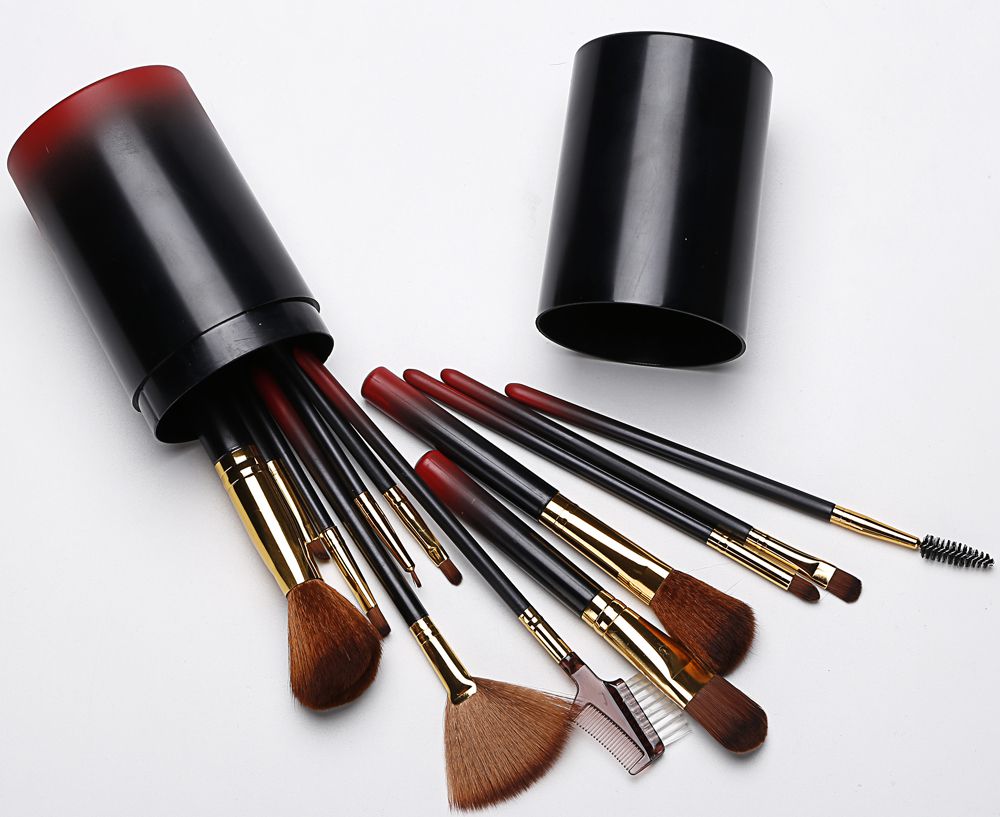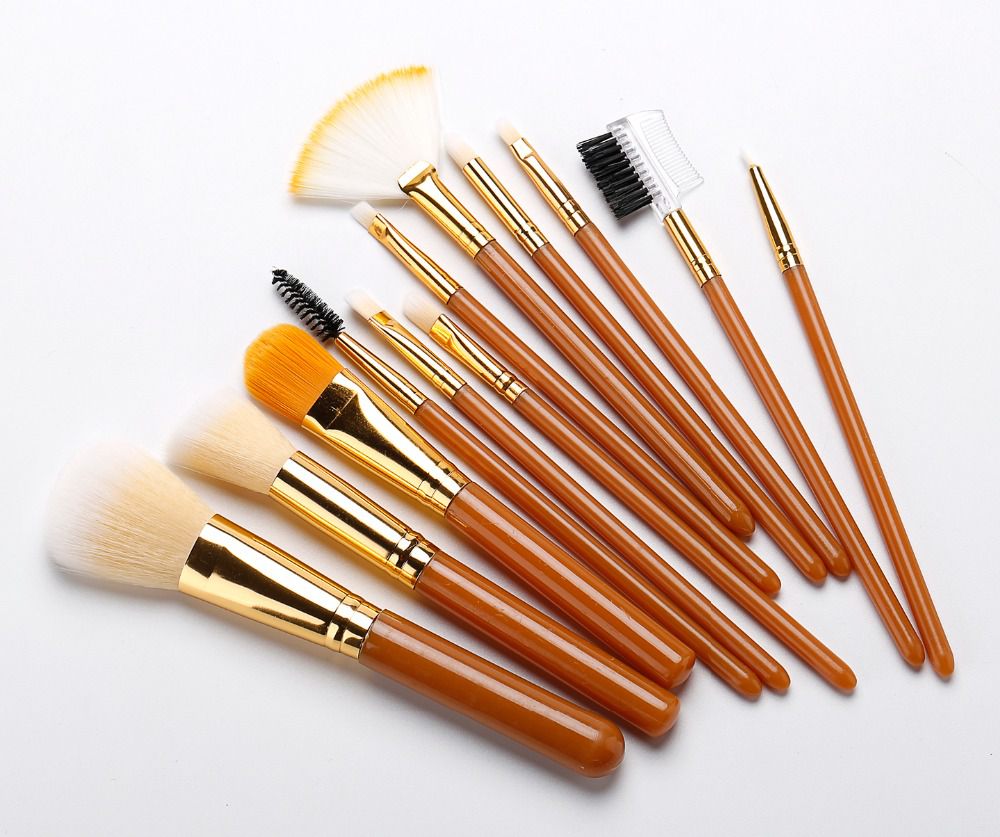Industry news
South Korean Brush Brands Dominate Southeast Asian Markets with Antibacterial Bristle Technology
- 614 Views
- 2025-08-12 01:32:30
South Korean Brush Brands Dominate Southeast Asian Markets with Antibacterial Bristle Technology
In recent years, South Korean makeup brush brands have emerged as unexpected leaders in Southeast Asia’s booming cosmetic tools market, with their dominance largely fueled by a single innovation: antibacterial bristle technology. According to industry reports, South Korean brands now hold over 42% of Southeast Asia’s premium makeup brush market, marking a 17% year-on-year growth in 2023—outpacing competitors from China and Japan by nearly double digits. This surge isn’t just a result of K-beauty’s global allure; it’s a direct response to the region’s unique consumer needs, solved through cutting-edge material science.
Southeast Asia’s tropical climate—hot, humid, and prone to high moisture levels—creates a perfect breeding ground for bacteria on beauty tools. Traditional makeup brushes, often made with standard nylon or synthetic fibers, can trap sweat, oil, and dead skin cells, leading to bacterial overgrowth that triggers acne, irritation, and even skin infections. A 2022 survey by Southeast Asian beauty platform BeautyInsight found that 73% of local consumers cited “hygiene concerns” as their top frustration with makeup brushes, with 68% admitting to replacing brushes every 2–3 months due to perceived “dirtiness.” This gap became South Korea’s opportunity.
South Korean brands like Artis Korea and EcoTools Seoul (notable players in the region) revolutionized bristle design by integrating antibacterial technologies at the fiber level. The most prevalent method is silver-ion coating: microscopic silver ps are embedded into brush fibers, where they disrupt bacterial cell membranes, inhibiting growth of common pathogens like Staphylococcus aureus and E. coli. Lab tests by the Korea Cosmetic Industry Institute show these brushes maintain 99.2% antibacterial efficacy even after 50 washes, far exceeding the 3-month lifespan of standard brushes. Other innovations include natural antimicrobial additives, such as bamboo charcoal-infused fibers or green tea extract coatings, appealing to eco-conscious consumers wary of synthetic chemicals.

Beyond hygiene, these technologies don’t compromise on performance—a critical factor for beauty enthusiasts. South Korean brands refined bristle softness using “micro-tip” processing, where fibers are tapered to 0.01mm at the ends, mimicking the feel of natural squirrel hair without ethical concerns. This combination of gentleness and durability resonates with Southeast Asia’s core demographic: women aged 18–35, who prioritize both skin health and long-term value. “I used to get breakouts every time I wore foundation,” says Jakarta-based beauty influencer @MakeupMia, who boasts 1.2M followers. “Switching to a Korean antibacterial brush reduced my skin issues by 80%—now I recommend it to all my followers.”
Marketing strategies further amplified this success. South Korean brands leveraged K-beauty’s social media momentum, partnering with Southeast Asian TikTok and Instagram creators to demonstrate antibacterial efficacy through viral “before-and-after” videos showing microscope comparisons of bacteria on standard vs. Korean brushes, or 30-day “no-acne challenges” using their tools. E-commerce integration was equally key: 65% of their sales in Southeast Asia flow through platforms like Shopee and Lazada, where optimized product pages highlight “99% antibacterial” badges and local-language tutorials. Fast shipping (3–5 day delivery via regional warehouses) and hassle-free returns built trust in a market where online shopping skepticism remains high.
Competitors have struggled to keep pace. Chinese brands, while price-competitive, focus on mass-market appeal with limited R&D in antibacterial tech. Japanese brands, known for precision, prioritize高端 craftsmanship but lag in affordability and localized marketing. South Korean brands, by contrast, struck a balance: premium technology at mid-range prices (typically $15–$30 per brush set), making innovation accessible to the region’s growing middle class.

Looking ahead, the antibacterial advantage shows no signs of fading. As Southeast Asia’s cosmetic market expands—projected to reach $38 billion by 2027—consumers are increasingly prioritizing “functional beauty” tools that blend performance and health. South Korean brands are already doubling down: next-gen brushes with self-cleaning UV-light handles or biodegradable antibacterial fibers are in the pipeline. For now, though, their reign in Southeast Asia is clear: in the battle for the region’s beauty shelves, antibacterial bristles have proven to be the ultimate differentiator.











